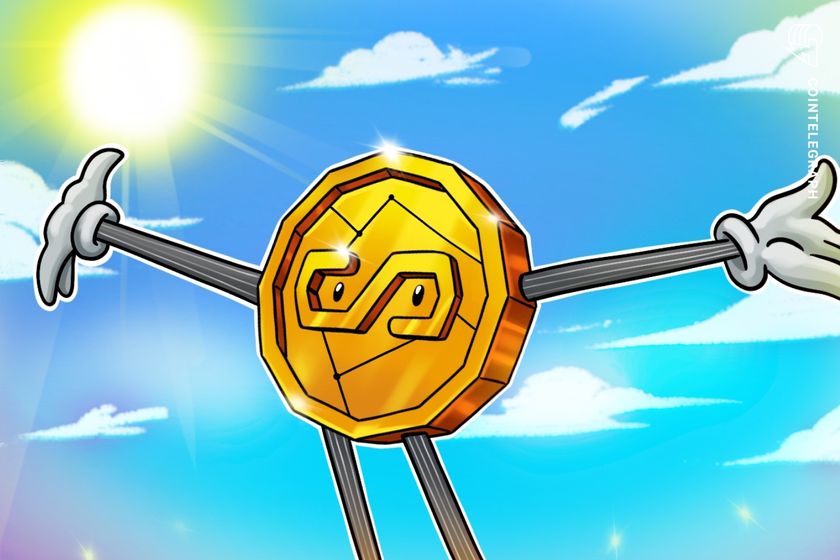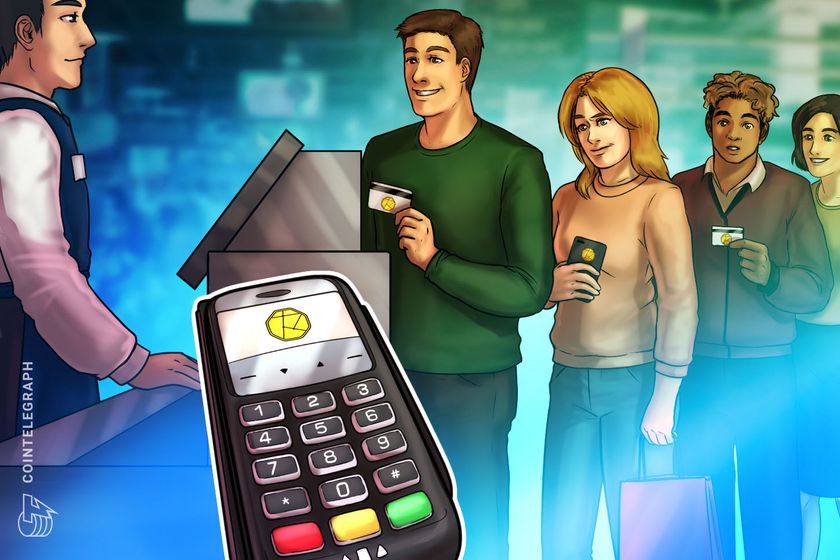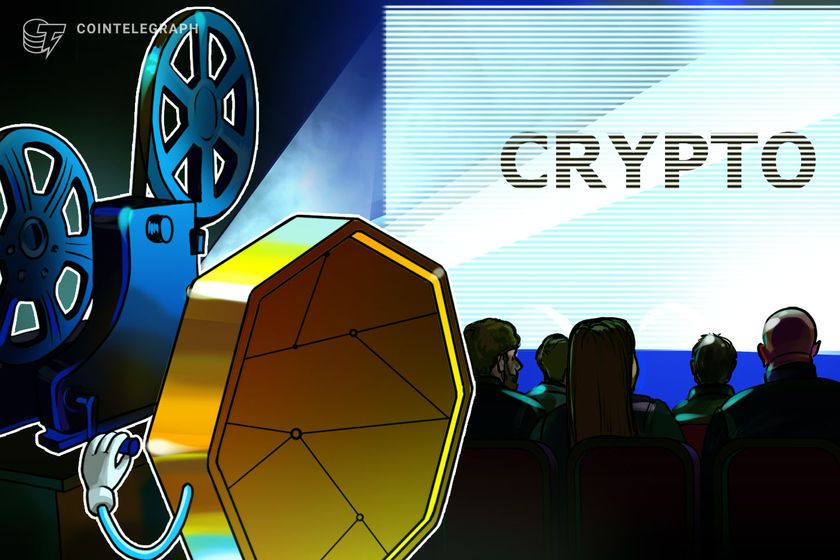Stablecoins: Depegging, fraudsters and decentralization
Stablecoins are gaining traction, particularly among traditional financial institutions. Bank of America and Standard Chartered are exploring their own stablecoins, while JPMorgan has launched Kinexys Digital Payments. Mastercard aims to integrate stablecoins into mainstream payments, collaborating with Bleap Finance. Visa has joined the Global Dollar Network, and ICE is investigating USDC applications in its markets. Regulatory clarity is driving interest in stablecoins, with the US and EU establishing guidelines that enhance confidence among banks. The Trump administration's executive order supports dollar-backed stablecoins while prohibiting CBDCs. Over 200 stablecoins exist, with Tether's USDt and USDC dominating the market. Stablecoins must maintain stability through pegging and mechanisms to sustain that peg. USDe uses derivatives for higher yields but carries inherent risks. Past issues like the collapse of TerraUSD highlight the need for regulatory oversight to prevent fraud. Most stablecoins are centralized, which contradicts Bitcoin's decentralized premise. There is a call for developing decentralized stablecoins to align with blockchain's original vision.











